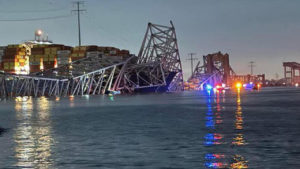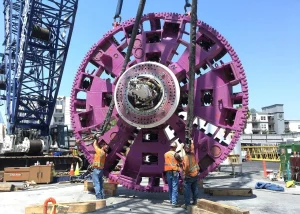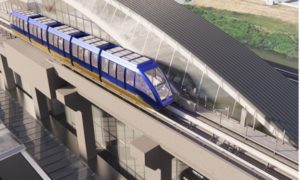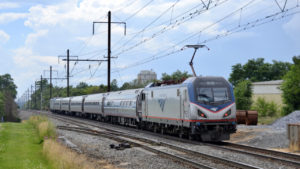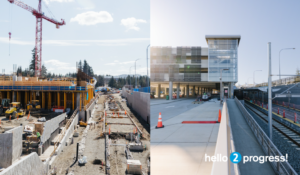Portion of Alameda Corridor-East Project involves road depression, rail elevation
Written by RT&S Staff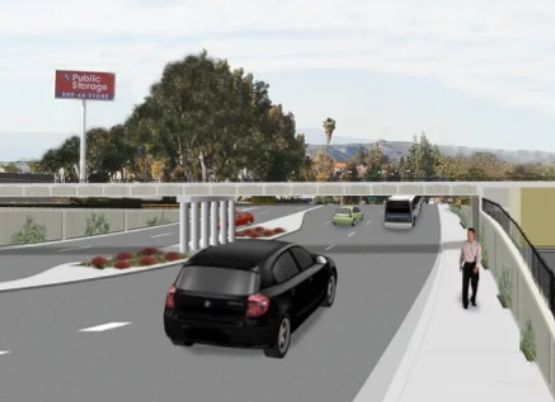
When you are on the fairway on a golf course life is supposed to be easier. On Fairway Drive just north of Los Angeles in the San Gabriel Valley, it’s difficult … even before the work crews arrived.
The at-grade railroad crossing on Fairway Drive handles about 25,000 vehicles a day. Forty-nine trains pass daily, and that number is expected to jump to 91 by 2025.
The traffic congestion, both on rail and on road, is the reason why crews are executing a $186.9 million project to depress the roadway and raise the rail corridor.
The project, part of the Alameda Corridor-East Project, is expensive because of the construction combination. The extra work is necessary, as the Alameda Corridor-East Trade Corridor is one of the busiest areas in the region, if not the nation. The corridor’s rail mainlines through southern California carry 16 percent of all oceangoing containers in the U.S.
Perhaps the most difficult task of the Fairway Drive project is utility relocation. The San Gabriel Valley Council of Governments uses a method it calls “less disturbance.” Crews dig pits 20 to 30 ft deep on both sides of the road. On one end a boring machine is used to fish the casing in, and workers on the other side handle action at the receiving pit. All this happens with traffic zooming by up above.
Retaining wall construction will come next, but at the same time of the utility relocation the railroad bridge is being constructed.
For the latest news, go to www.rtands.com.

